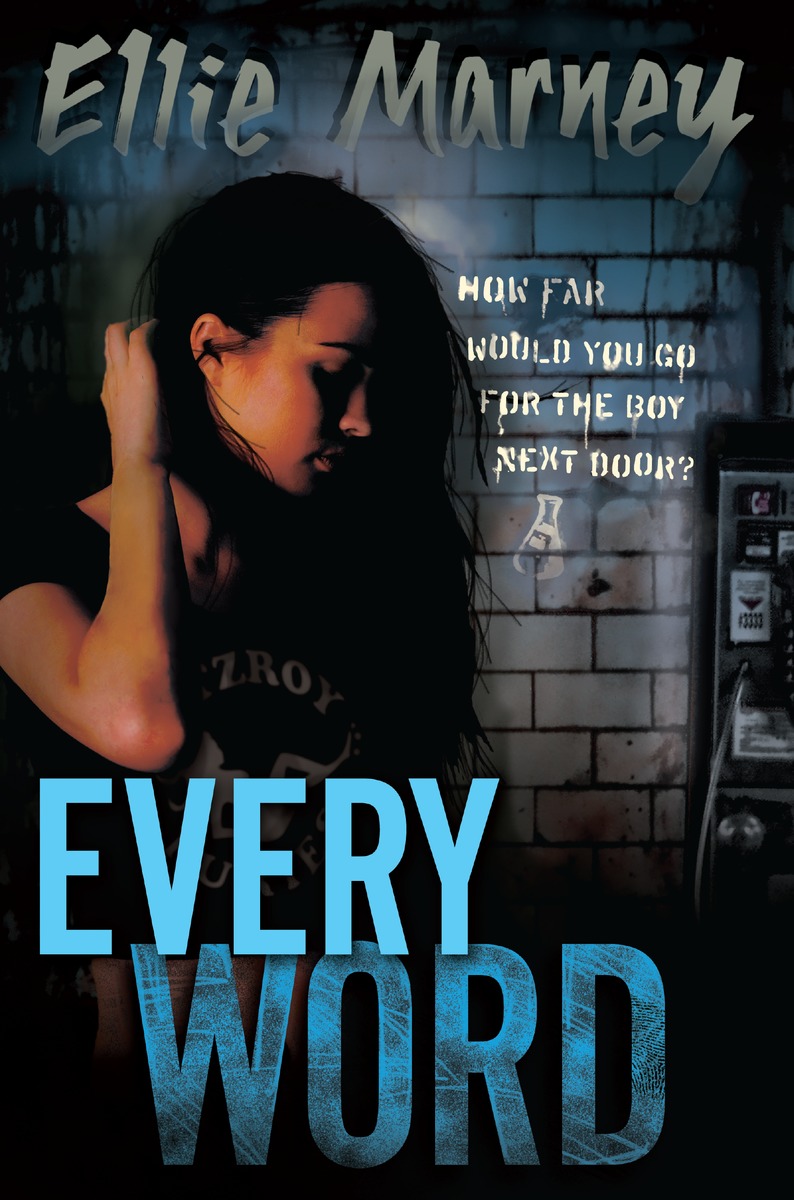| ________________
CM . . .
. Volume XXII Number 2. . . .September 11, 2015
Every Word is Australian writer Ellie Marney’s second novel about Rachel Watts and James Mycroft, two teenagers who offer their own distinctive spin on the original Sherlock Holmes concept. Fearless Rachel and her brilliant, troubled partner Mycroft proved themselves to be an unstoppable investigation team in the first installment of the “Every” series, Every Breath. With hardly a chance to catch their breath, the two soon become embroiled in a new mystery in Every Word. Mycroft, though still a teen, (albeit one who has already solved a murder mystery) now has a job as an assistant in the Forensics Investigations Unit. Mycroft suddenly takes off to London to help investigate a carjacking case involving an Australian, and Rachel follows close behind. She rightly suspects that Mycroft is going to have trouble separating the new case from the similar case of the unsolved murders of his parents years earlier. Rachel accompanies her brother’s girlfriend, Alicia, who is useful to the plot not only because of her conveniently-timed trip to London, but also because she serves as a chaperone/guide/friend and sounding-board for Rachel. Marney did a great job of describing Melbourne’s neighbourhoods and distinct “flavour” in the first “Every” novel, and she does the same with London in Every Word. There’s even a brief but bemusing moment when Alicia takes Rachel to visit the Sherlock Holmes museum on Baker Street. In Every Word, Marney continues to spice up her writing style with lots of swearing and Aussie slang. This gritty style and the unique characterization in Marney’s novels ensure that they are the polar opposite of trendy YA lit in which girls are defined through drama with their “frenemies” and boys are just human-sized accessories. Rachel is smart, resourceful, and heck, she’s even a fierce member of an all-girls’ roller-derby team. In one of several violent scenes in the novel, she tries valiantly to fight off an attacker but is ultimately knocked out and kidnapped. Upon regaining consciousness, Rachel doesn’t simply assume the position of a damsel in distress:
Mycroft is also a character who seems to leap off the page. Tormented by his obsession with solving the murders of his parents, he, nonetheless, also has a wicked sense of humour and can channel his inner McGyver when needed. Rachel and Mycroft are a clever, engaging duo, especially when it comes to outsmarting villains. The chemistry between Rachel and Mycroft is powerful, and their make-out sessions are intense, if a bit oddly-timed. That’s hardly a deal-breaker, though, especially when Marney clearly has her teenaged audience in mind. Through the second half of the book, the pace is unrelenting. The novel is a mystery-thriller hybrid that even throws in interesting connections to the Bodleian library and William Shakespeare (the first “Every” novel adds zoology and a lion attack into the mix). The “hybrid” classification is one I’ve considered carefully. Because I didn’t want Every Breath to get lost in the under-used mystery section of my school library’s fiction shelves, I featured the book in lots of displays where it was sure to be seen. It circulated well and was enjoyed by students, and not just those who were hooked on the Sherlock TV series. I’m sure they’ll be pleased to get their hands on Every Word. Every Word can be read and understood without first reading Every Breath (or without having knowledge of Sherlock Holmes, for that matter), but the experience wouldn’t be as enjoyable. It’s been intriguing to witness the growth of the relationship between Rachel and Mycroft and to get pulled into the mystery surrounding the deaths of Mycroft’s parents. he ending of Every Word tantalizes the reader about what—or who--is yet to come (does the name “Moriarty” ring any bells?). The next book, Every Move, is available in Australia but not yet in North America. I’m eagerly anticipating its release on this side of the world. Highly Recommended. Gillian Lapenskie is a teacher-librarian at Barrie Central Collegiate in Barrie, ON.
To comment
on this title or this review, send mail to cm@umanitoba.ca.
Copyright © the Manitoba Library Association. Reproduction for personal
use is permitted only if this copyright notice is maintained. Any
other reproduction is prohibited without permission.
Next Review |
Table of Contents for This Issue
- September 11, 2015. |
